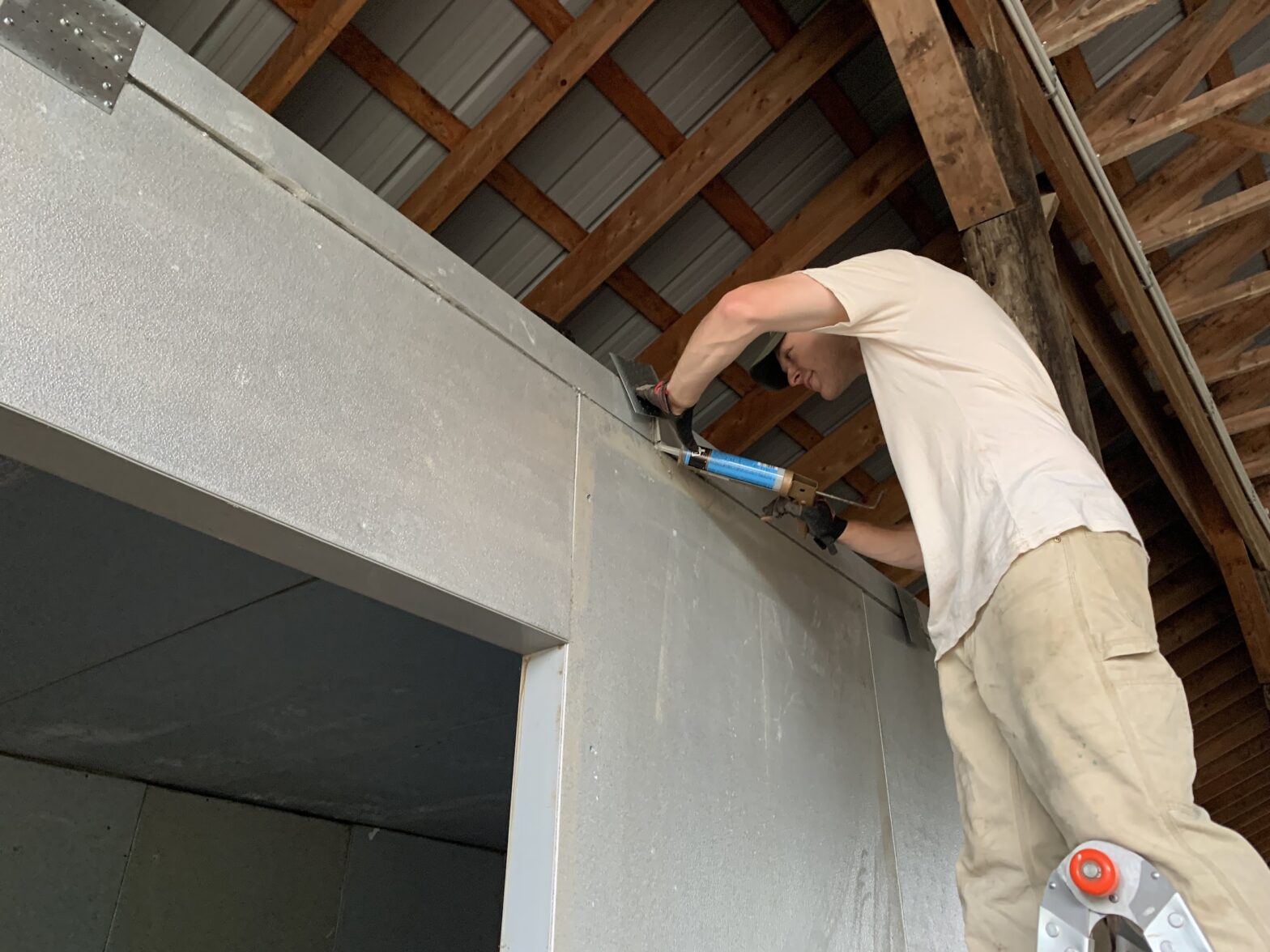Key Takeaways
- Have a Plan – Well planned is half-done. Sketch out your scope, schedule, and budget and consider doing the work in phases if needed.
- Check References – Make sure this partner is going to do what they say they will and find out how they are to work with.
- Know Your Skills & Know Their Skills – It may make sense to split the work up between you and the contractor, be clear about that and know what you’re getting into.
- Use Examples from Other Farms – Harness the wisdom of the community. Lots of other growers have been through similar projects and are willing to share their hard lessons learned.
- Research Materials, Buildings, and Equipment – So many options, which is best? Check out the farm case studies we’ve linked below and also look at the topic-specific resources to support a conversation on your farm about the fine details of your project that can make a big difference.
Introduction
Construction projects are both exciting and daunting. There’s great joy in dreaming about a new space or a renovated work area, but there can be a long windy path full of dread and stress between what you have now and what you hope to have in the future.
Working with a contractor partner can ease this path, but it can also add stress and unexpected twists and turns.
We’ve compiled a list of helpful considerations below for you to explore as you think about a farm construction project. These are based on informal interviews with lots of farms we have worked with including some who have shared their learning through postharvest case studies.
1. Have a Plan – Scope, Schedule, Budget
No matter what, this is your project. And you need to know what you want to accomplish (scope), when (schedule) and with what resources (budget). Our guide to postharvest project planning can help you make sure you’re thinking about the important aspects of a pack shed and storage space.
It will likely be important to prioritize your needs and make a plan that includes several stages of work since budget is often limited. Having this conversation with your contractor will help them understand your overall plan and could help to establish a nice long-term relationship to support that plan.
Get estimates from contractors that are specific to the key parts of the project. This will help you better prioritize which work can be done when. A lump sum estimate is not very helpful when you’re trying to plan your project. Know the terms of the contract. The most common are time and materials not to exceed a certain amount, open ended time and materials, or fixed fee. Whatever it is, get it in writing with a completion date noted. Never pay the full fee up front.
2. Check References
It sounds almost cliche, but always check references. Unless you have a super solid, long-standing relationship with the contractor, it is important to understand how they’ve worked with other farmers.
This is a big commitment for you and your farm. You’re spending a chunk of change to make your working area better. You need to know that they understand your work and what you need, and that they will be there for you to get the job done well. Angie’s List has a great list of questions that can be helpful for guiding the reference check.
Farm construction projects, especially postharvest projects, are tricky. They are not typical residential construction projects. They are more like commercial construction projects with the added twist of lots of water which demands proper materials and sealing, lots of movement of raw produce, intermittent use, lots of weird and variable temperature differences that can result in condensation in odd places, a mix of water and electricity that both need to be very accessible, and did I mention water (e.g. hoses and drains)?
For this space to work for you, someone is going to have to pay attention to a lot of details. When checking references ask if this contractor is detail oriented. It will pay off.
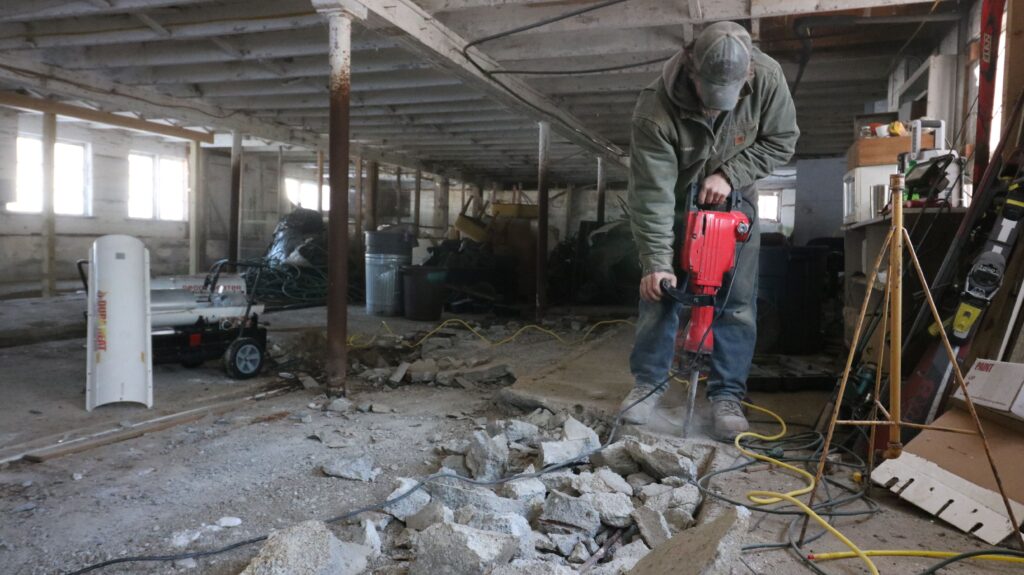
3. Know Your Skills & Know Their Skills
Growing food and feeding the world is a big lift. And that’s your primary job, right? But, you probably have some construction skills and you may want to have a part in the actual work.
Be clear about where you can pitch in and where you need the expertise (and probably more so, the availability) of a contractor. This is a great conversation to have together and to be very clear about. It often follows the first estimate following an initial discussion of the overall project scope.
Sticker shock is common and there’s an opportunity to think about what can be done later and what can be done by the farm. It could be helpful to think about what can be BEST done by the contractor with the best quality and to meet the schedule of the project.
You’ll likely have plenty of other things to do on the farm no matter what time of year it is, so be realistic with your own schedule and commitments. Do you love moving earth? Maybe you can do some of the site prep. Good with framing? Hit it. Prefer the finer details? Jump in at the end. Like electrons? You can wire this job (if local code enforcement allows). Always playing with water? Do the plumbing (if local code enforcement allows). More of the “move-in when done” type? Don’t worry there’s still plenty to do after the building work is “done.”
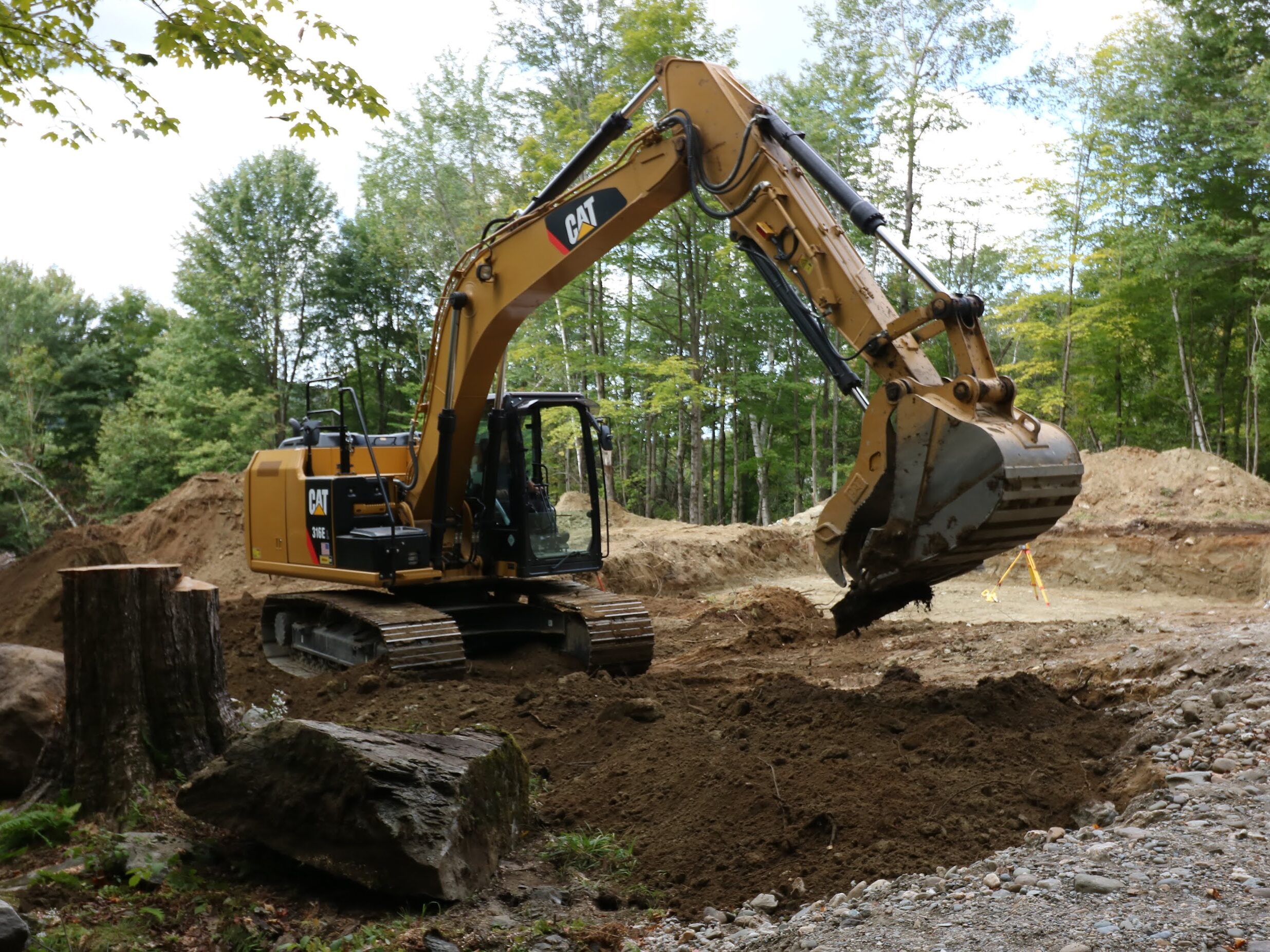
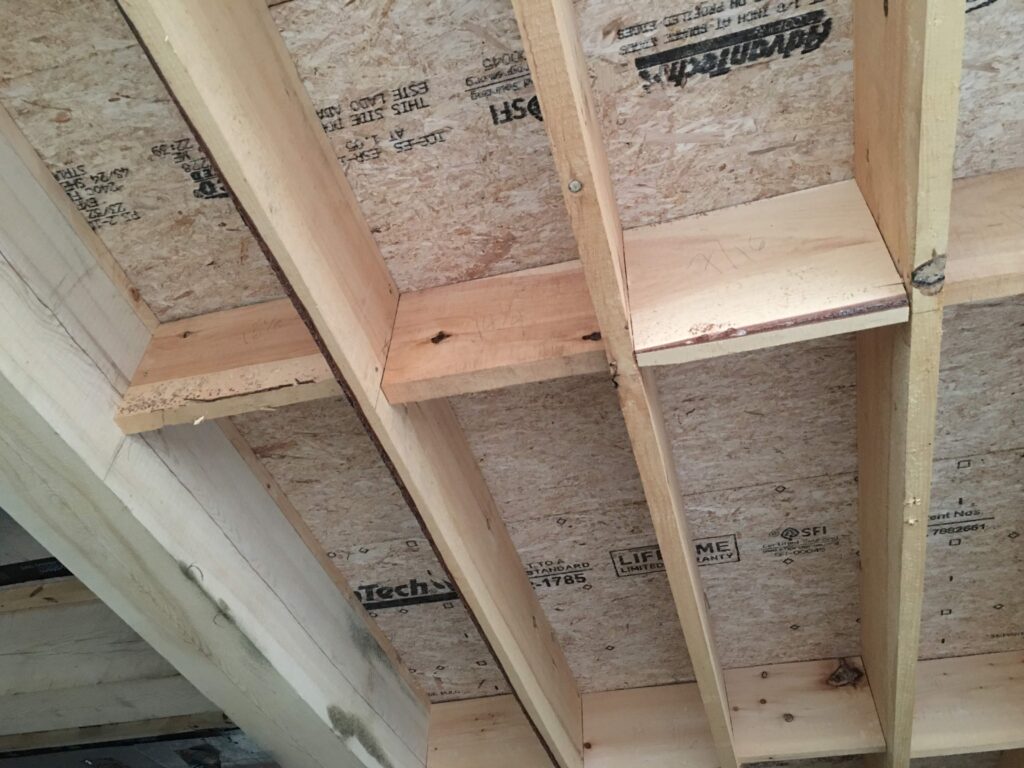
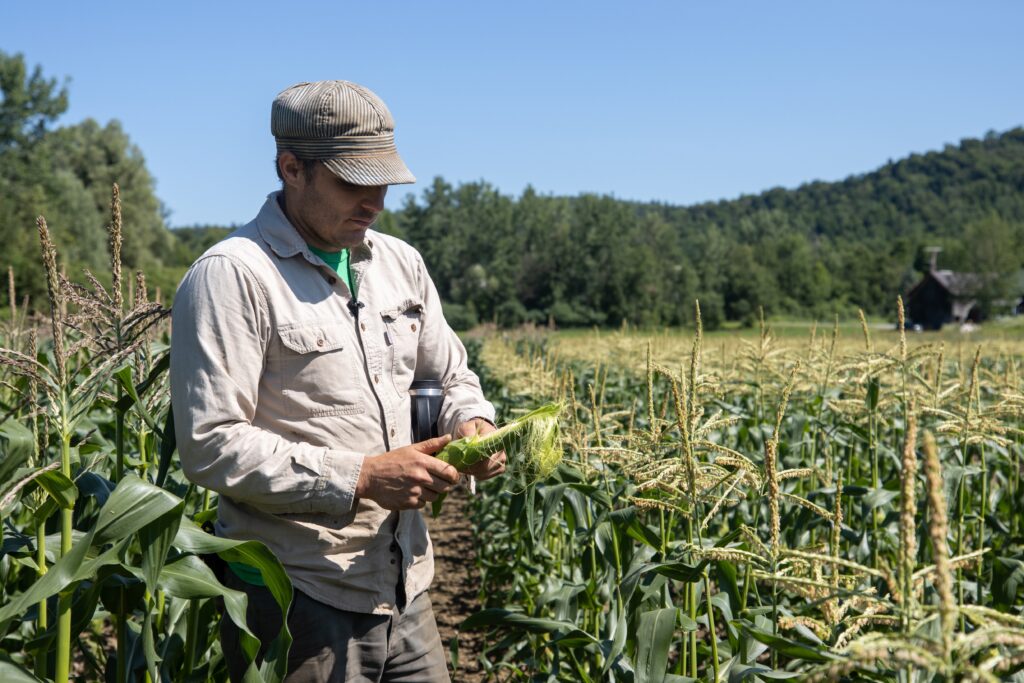
4. Use Examples from Other Farms
In our experience, farms who have been through projects are very willing to share their knowledge with other farms.
When we work with growers on postharvest projects we often try to capture these project experiences in the form of case studies. In these case studies you can see how the highlighted farm made their decisions, where things may have not gone to plan, what they are most happy with, and what they would do differently.
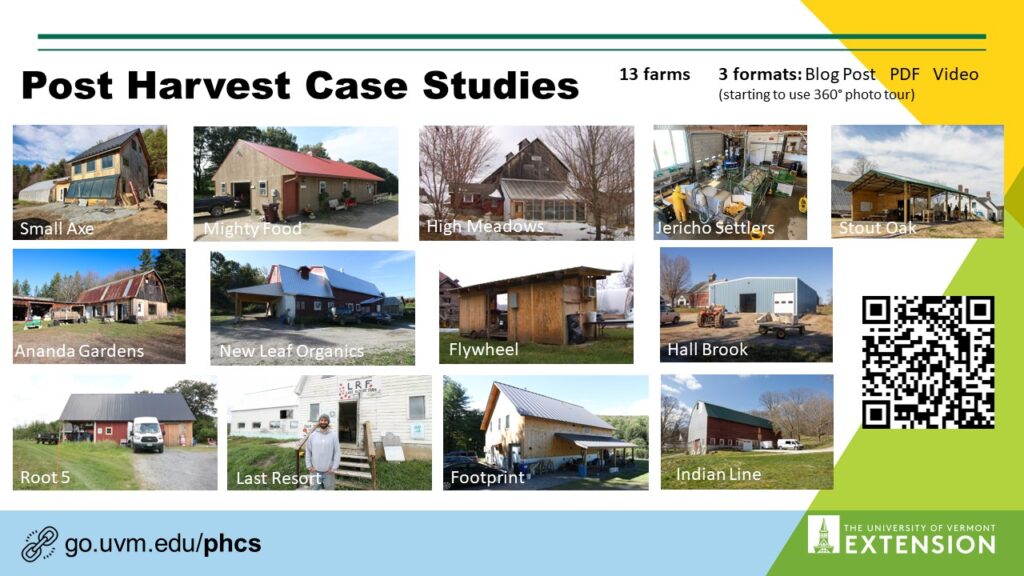
There are probably some growers near you who have been through projects fairly recently and may have some lessons learned to share. They may also have names of contractors to talk with or to avoid. We’re all part of a learning community, reach out to each other and talk.
5. Research Materials, Buildings, and Equipment
Every single postharvest project is unique, just like you. We’ve compiled a planning guide which provides a framework for considering the common major parts of a project. But, it is important to think about the specific things that will make this project really sing for you.
One common lens is to think about what is causing you pain right now in your wash pack and storage spaces. What specific things would really unlock some ease of flow or reduce steps or support joy? Maybe a big project isn’t needed? Maybe there are some simple tweaks that you never thought of because you’re often too busy doing the work.
Sketch it out as floor plan and try rearranging things virtually to see if a different approach could be helpful. Gather the team together over beverages and see what changes everyone else thinks could help.
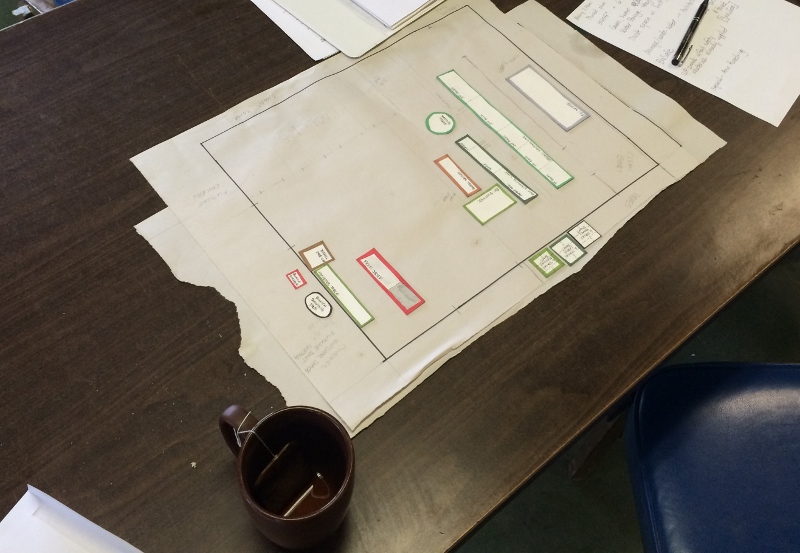
Then dig in on the web and through conversation with other growers. What do other people use for root washers? Greens bubblers? Cooler walls? Spray tables? Hoses? Drains? Floors? How about a rinse conveyor? Smooth and cleanable materials? Sanitizer dispensing and use? How about easing pain with better ergonomics? Are we missing something in our list? Let us know by email.
Learn From Others
We hosted a Winter Twilight Grower Round table on this topic, you can watch the recording of it here.
Share this post
Share this post using this shortlink http://go.uvm.edu/contractors.
Acknowledgements
This publication is based on the input and lessons learned of more farmers and colleagues than we can count. We learn something from just about every farm construction project we’re part of. Thanks to all of you for sharing your learning with us and allowing us to share it with others.
This resource was developed as part of the Food Safety Outreach Program under grant number 2020-70020-33003 from the USDA National Institute of Food and Agriculture and also funded, in part, by the Food and Drug Administration through The Vermont Agency of Agriculture Food and Markets via the Integrated Extension Educational Programming in Support of the VAAFM Produce Program Grant 02200-FSMA-2018-01. The views expressed in the publication do not necessarily reflect the official policies of the U.S. Department of Agriculture, the U.S. Department of Health and Human Services or the Vermont Agency of Agriculture; nor does any mention of trade names, commercial practices, or organization imply endorsement by the United States Government or the State of Vermont. It is offered without regard to race, color, religion, sex, sexual orientation, gender identity, national origin, disability, protected veteran status, or any other category legally protected by federal or state law. This project was supported by the Food and Drug Administration (FDA) of the U.S. Department of Health and Human Services (HHS) as part of a financial assistance award 02200-FSMA-24-01 totaling $30,000 with 100 percent funded by FDA/HHS. The contents are those of the author(s) and do not necessarily represent the official views of, nor an endorsement, by FDA/HHS, or the U.S. Government.
